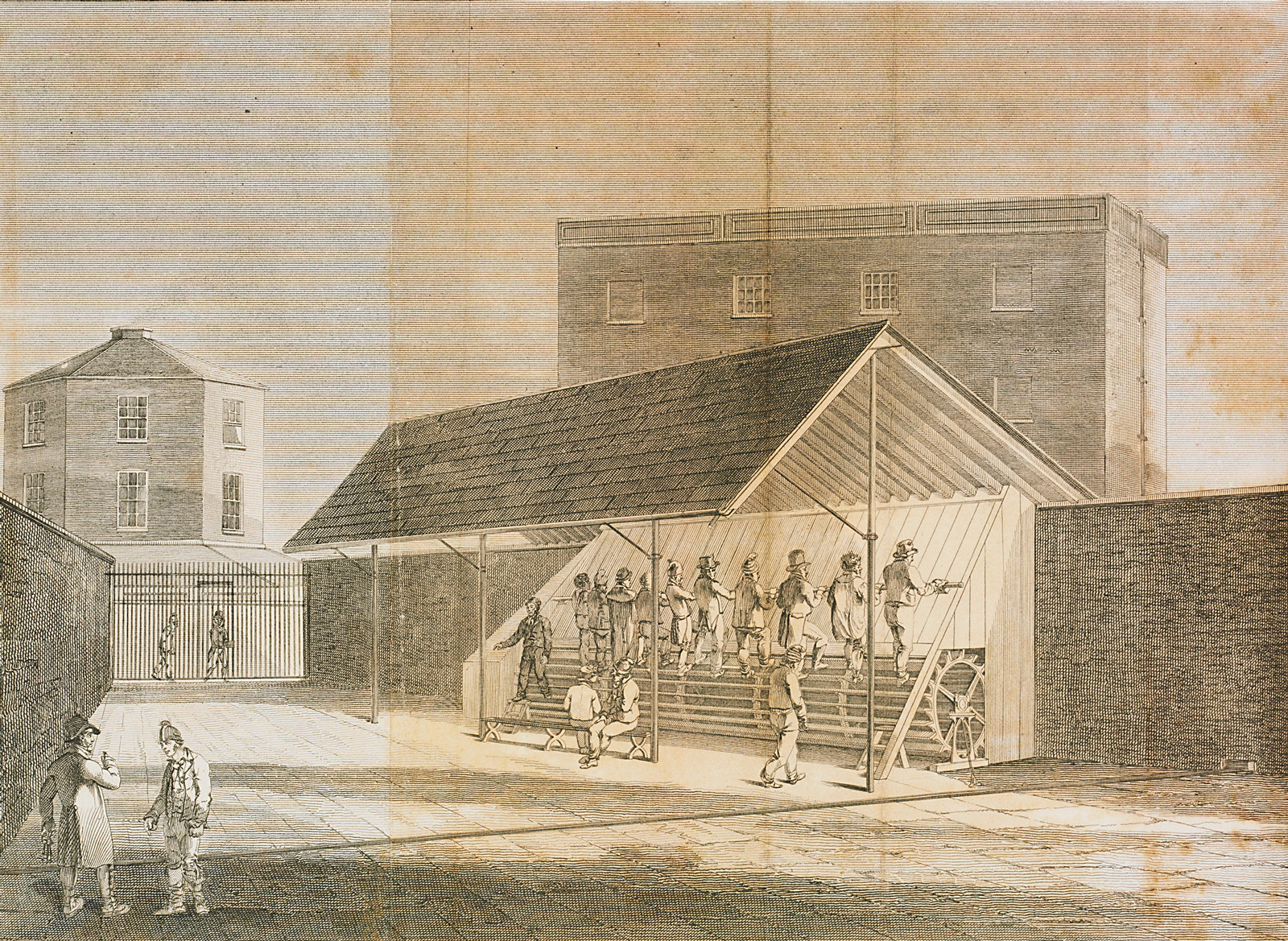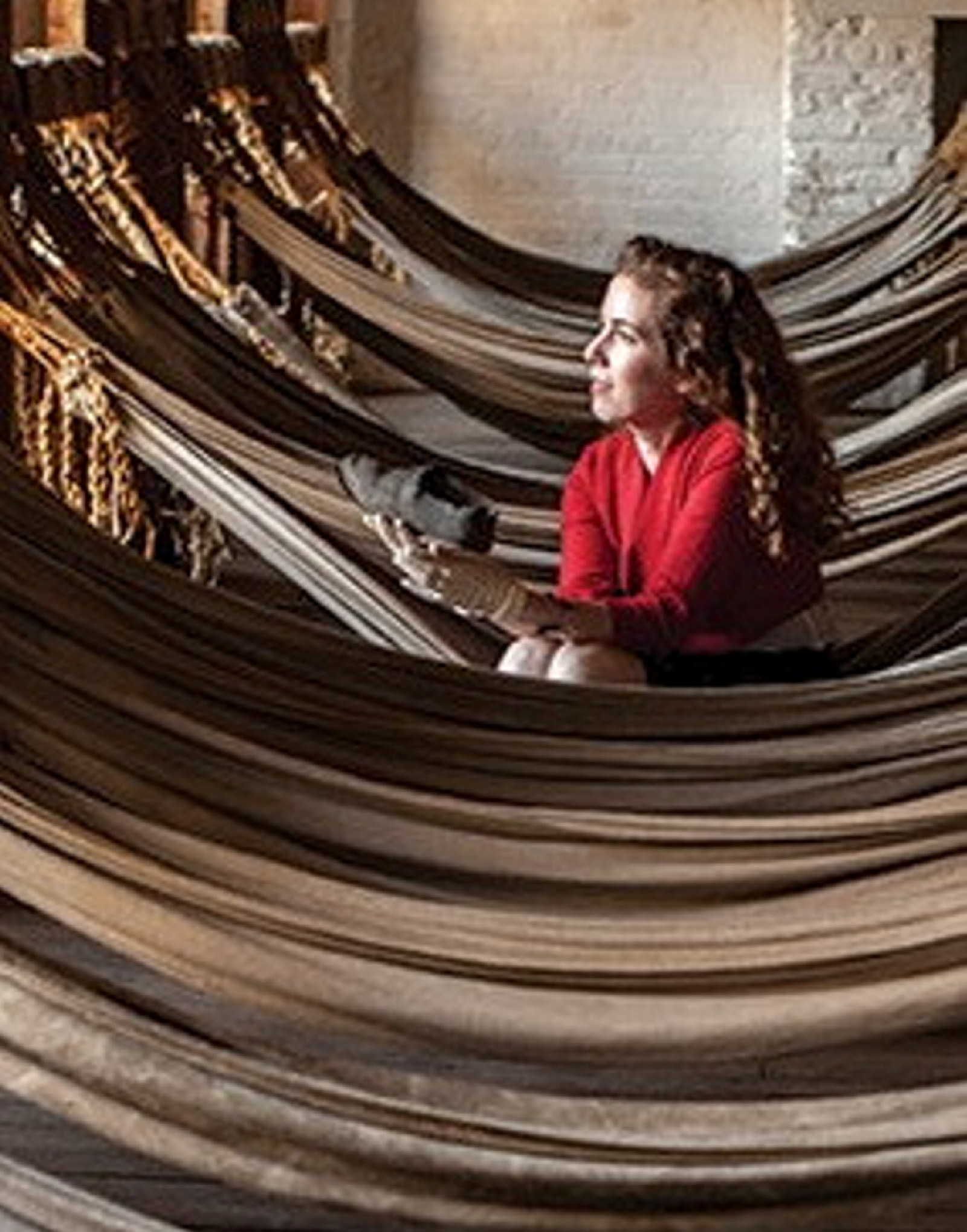Charles Anderson
Tattooed seaman
Arrived 1834
Some hapless individuals experienced the full horrors of convict transportation. It was no wonder that some, like Anderson, endured periods of mental instability.
Navy seaman and thief Charles ‘Bony’ Anderson arrived in Sydney from Devonshire in 1834, aged 24. He was heavily tattooed, with designs of a mermaid, anchor, buoy, cottage, flag, heart, crucifix, sun, moon and seven stars, Adam and Eve, serpent and tree.
In the next few years he was frequently flogged, for mutinous conduct, striking fellow prisoners, assaulting an overseer and neglect of work. After one offence he was apparently cruelly chained to a rock on Goat Island, in public view and fed with a long pole.
In 1838 the Barracks’ court sentenced him to the horrific punishment of life in ‘double irons’ on Norfolk Island, but he was later returned to Cockatoo Island, where he was considered a lunatic and kept in a straightjacket. Following his transfer to the Tarban Creek Lunatic Asylum, Anderson was pronounced sane. He received his freedom in 1854.
Other convicts might have described Anderson as: bug, lagger, cracksman, sevener, cockatoo, pebble, rump’d, darbie’d, slang’d, rock’d, shook. See our glossary of Flash language (convict slang words) to find out what these words mean.
Related

Convict Sydney
A world of pain
The combined aims of the assignment system, from 1826 onwards, were to equip farmers with cheap convict labour, to disperse convicts away from towns (and other convicts) and to keep an eye on each worker’s whereabouts and treatment
Published on
Convict Sydney
Browse all
Convict Sydney
Convict punishment: the treadmill
As a punishment, convicts were made to step continuously on treadmills to power wheels that ground grain

Convict Sydney
Molesworth report
The findings of the 1837 Molesworth inquiry brought about the end of convict transportation to New South Wales

Convict Sydney
Dennis Dogherty
Not even men in uniform were spared the gruelling punishment of transportation. Desertion from the military was regarded as a serious crime, as Irishman Dennis Dougherty found out

Convict Sydney
Francis Macnamara
With their ‘flash’ slang words, convicts could undermine the control of the authorities. The rebellious verse of Macnamara, who clearly had the gift of the gab, must have struck a chord with his fellow convicts
